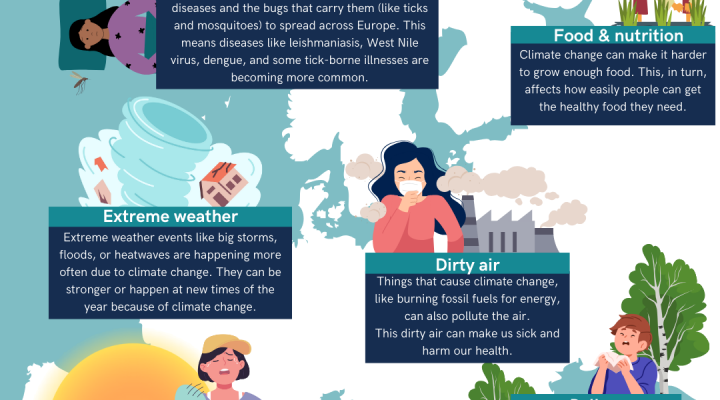Emergence and spread of Hyalomma ticks and Crimean-Congo haemorrhagic fever in Europe: a systematic review
Mohammed Masud Parvage et al.
Parasites Vectors 18, 436 (2025)
Crimean-Congo haemorrhagic fever (CCHF) is a severe, often fatal zoonotic disease caused by the CCHF virus (CCHFV). It is primarily transmitted by Hyalomma ticks, which serve as both reservoir and vector. While these ticks are endemic to Asia, Africa, and parts of Europe, recent detections in previously unaffected European regions raise concerns about the potential spread of the disease. This study aims to systematically review the first detections of Hyalomma ticks, CCHFV, and CCHF disease in Europe. The goal is to support surveillance strategies and enhance preparedness for future outbreaks.
https://doi.org/10.1186/s13071-025-07104-3

